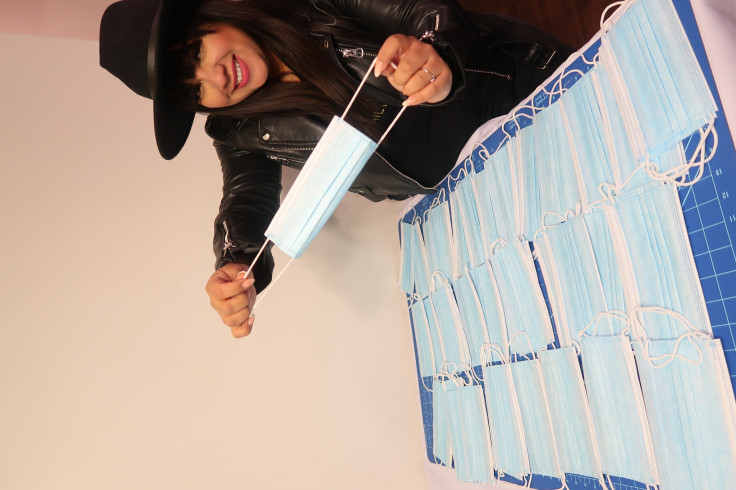
A recent report has found that face masks with exhale valves or vents is not as helpful as regular masks when it comes to curbing the spread of invisible aerosol droplets - making it ineffective at stemming transmissions of the coronavirus disease.
According to the study by the US journal Physics of Fluids, a simulation model showed that droplets can still be sprayed over a wide reach if people wearing the said masks sneezes or coughs.
To gain insights from the simulation model, researchers from the Florida Atlantic University used vertical and horizontal laser sheets and placed a plastic face shield or a mask with a breathing valve on a hollow mannequin head to trace and see where the droplets of distilled water and glycerin would spread.
? Researchers concluded that high-quality cloth or medical masks of plain design are preferential in helping prevent the spread of the novel coronavirus https://t.co/yl0Vdar2ug
— AFP News Agency (@AFP) September 1, 2020
The results of the coughing mannequin video showed that face shields can catch most of the droplets released during a cough. However, aerosol droplets that were smaller in size remained suspended around the bottom area of the face shield. This led the researchers to conclude that these expelled droplets can still "move around the visor with relative ease and spread out over a large area."
The researchers deduced that plain and regular masks such as surgical masks are more effective in helping prevent the spread of the coronavirus rather than masks that have valves or vents installed on it.
Further, it can be recalled that Deborah Birx, a pandemic response coordinator from the White House, had advised in July that people should augment a face mask by using a face shield as well.
Other experts have also vouched for the conclusion that a face mask alone cannot eliminate the risk of encountering the virus through other means such as the eyes since a large number of unfiltered droplets are able to pass through the valve or vent of the masks.
© 2025 Latin Times. All rights reserved. Do not reproduce without permission.




